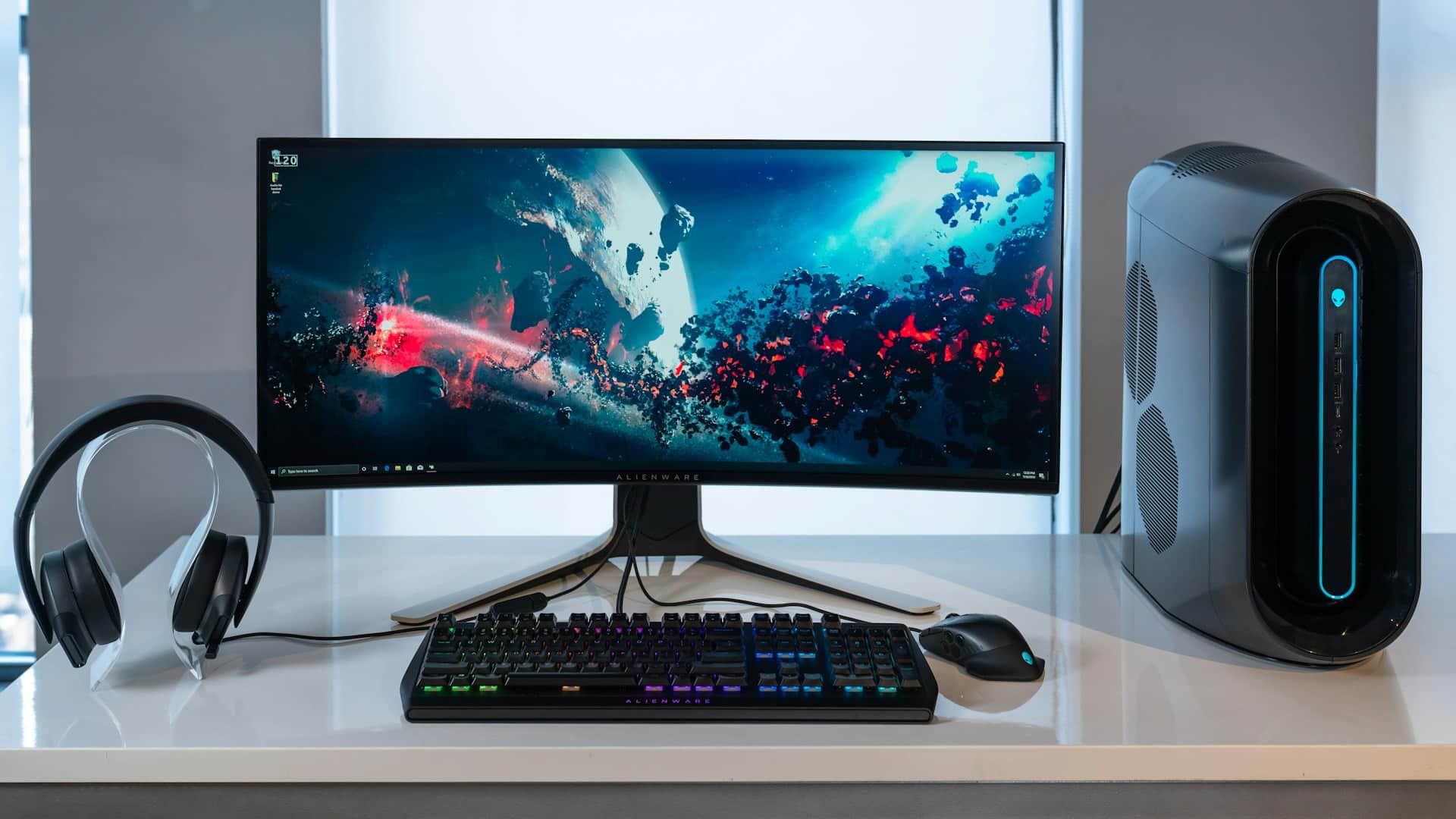How can you prepare for and manage the moving of sensitive electronic equipment like servers and networking devices?

Whether you're relocating your business or upgrading your current hardware, managing the moving of sensitive electronic equipment such as servers and networking devices can be a daunting task. The process requires careful planning, preparation, and execution to ensure the integrity and functionality of your equipment. This article will provide you with a comprehensive guide on how to properly prepare for and manage the moving of servers and networking devices. It will cover topics such as data security, equipment hardening, power management, and access control.
Preparation and Planning
Before you even start unplugging cables, the first step is to thoroughly plan and prepare. Planning involves understanding the scope of the move, identifying the resources needed, and setting a realistic timeline.
A lire en complément : What are the challenges and solutions for relocating a collection of antique firearms within the UK?
-
Inventory and Documentation: Start by cataloging all your equipment. This includes servers, networking devices, and any other hardware. Document the specifications, settings, and configurations of each device. You should also note the physical condition of the equipment and any existing technical issues that need to be addressed.
-
Downtime Management: Depending on your business operations, your servers may need to be powered down during the move. Plan for this downtime and communicate with stakeholders about the expected disruptions.
Cela peut vous intéresser : What are the best practices for relocating an indoor tropical garden within the UK?
-
Data Backup: Before moving any hardware, ensure all critical data is backed up. This will secure your data in case any equipment gets damaged during the move.
-
Move Plan: Create a detailed move plan that includes packing, transportation, and re-installation procedures. This will guide the actual moving process and ensure everything goes smoothly.
Securing Your Equipment and Data
Securing your devices and data is a critical aspect of the moving process. This involves both physical and virtual security measures.
-
Physical Security: Use appropriate packing materials to protect your equipment from physical damage. This includes anti-static bags for sensitive components, sturdy boxes, and padding for protection. Also, ensure your equipment is handled by trained personnel to prevent any mishaps.
-
Data Security: Implement data security measures such as encryption to protect your data during the move. Ensure all devices are password-protected and secure any removable storage devices.
-
Equipment Hardening: This involves reinforcing your equipment to withstand the rigors of transportation. It may include securing loose components, installing protective casing, and using shock-absorbing materials.
Power Management and Networking
Proper power management and networking of your devices are key to maintaining the functionality of your equipment.
-
Power Management: Unplug all devices and manage their power supply to prevent any electrical damage. Use a UPS (Uninterrupted Power Supply) for devices that need to remain powered during the move.
-
Networking: Document all network connections and configurations. This will make the re-installation process smoother and help troubleshoot any network issues after the move.
Reinstallation and Testing
Once your equipment has been safely moved and installed, it's crucial to thoroughly test it to ensure everything is working correctly.
-
Installation: Follow your move plan and reinstall your equipment according to the documented configurations. Ensure all devices are properly powered and networked.
-
System Testing: Test all systems to ensure they are functioning correctly. This includes checking the hardware, software, network connections, and data accessibility. Any issues should be resolved immediately.
Access Control and Management
Finally, controlling and managing access to your equipment is essential for maintaining security and functionality.
-
Access Control: Set up access control mechanisms to restrict who can access your equipment and data. This includes both physical and virtual access.
-
Management: Assign a dedicated team to manage the moved equipment. They should monitor the systems, manage access, and address any issues that arise.
By following these guidelines, you can ensure your sensitive electronic equipment is securely and effectively moved and installed. Remember, the success of the move hinges on careful planning, meticulous execution, and post-move management.
System Hardening and Performance Monitoring
When moving electronic equipment, particularly servers and network devices, the concept of system hardening becomes crucial. This refers to the process of securing a system by reducing its surface of vulnerability. The fewer programs, systems, and functionalities the equipment has, the fewer pathways there are for potential unauthorized access.
The first step to system hardening is to update and patch your operating systems and applications. Ensure all your software, including the operating system and all installed applications, are up to date with the latest patches and security updates. This will help fix any known vulnerabilities that can be exploited during transit.
Next, disable any unnecessary services, ports, and protocols on your servers and network devices. This reduces the number of potential entry points for unauthorized access and strengthens the security of your systems.
Also, secure the configurations of your network devices. This includes routers, switches, modems, and other devices. Make sure they are configured according to best practices for maximum security and performance.
Finally, monitor your network performance before, during, and after the move. This will help identify any potential issues and ensure your devices are functioning optimally. Use network monitoring tools to track network traffic, server load, and other key features that indicate the health of your network.
Completing the Move and Post-Migration Management
After the equipment is moved and reinstalled, the subsequent steps involve managing the new setup, ensuring data security, and optimizing performance. As part of best practices, audit the changes and validate the equipment against the initial inventory management records.
Perform testing to validate the server hardware and software, as well as the network device configurations. Use a wireless network analyzer to verify the strength and coverage of your wireless network, and ensure your server racks are properly organized for optimal airflow and ease of maintenance.
To maintain data security, ensure sensitive data is protected. This includes implementing firewalls, intrusion detection systems, and other security measures. Regularly update passwords and scrutinize any unusual activities to prevent unauthorized access.
Asset management is also essential, as it enables tracking and management of the server and network devices. This includes monitoring the lifecycle of each device, tracking warranties, and planning for future upgrades or replacements.
Finally, consider the environmental factors of your new data center. Ensure there is adequate cooling, humidity control, and power supply to maintain the performance and longevity of your equipment.
In conclusion, moving sensitive electronic equipment like servers and networking devices can be a complex process, but with careful planning, execution and post-move management, you can ensure a smooth transition. By following the guidelines and best practices mentioned in this article, you can effectively relocate your equipment while maintaining data security and system performance.
